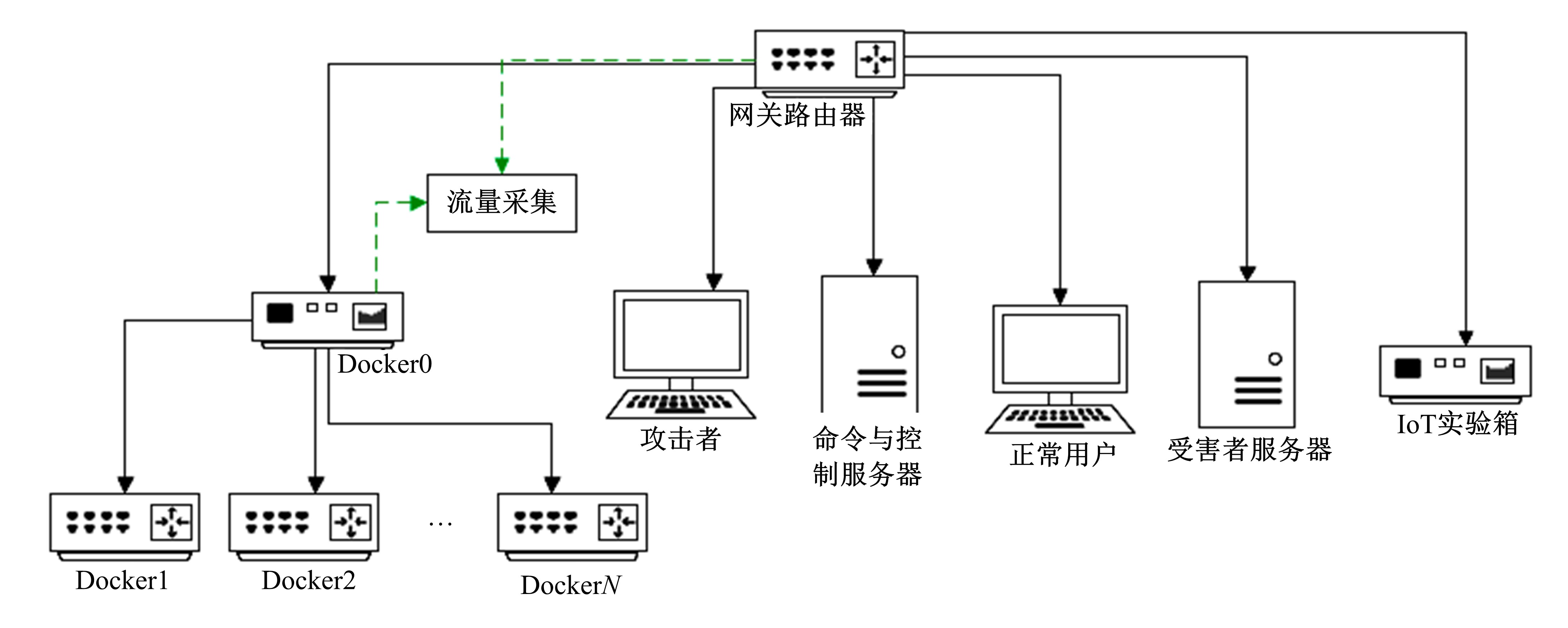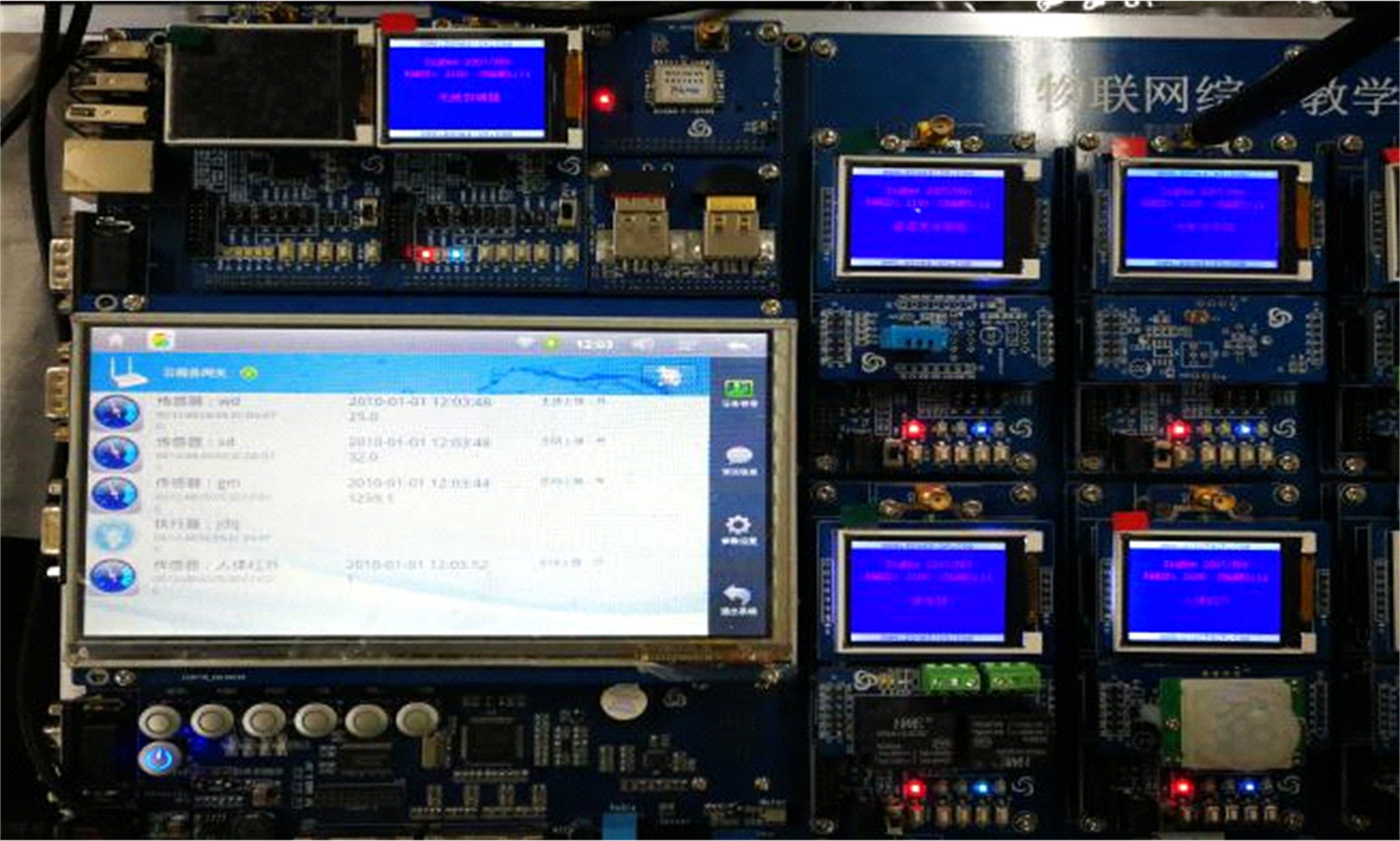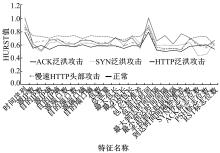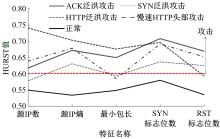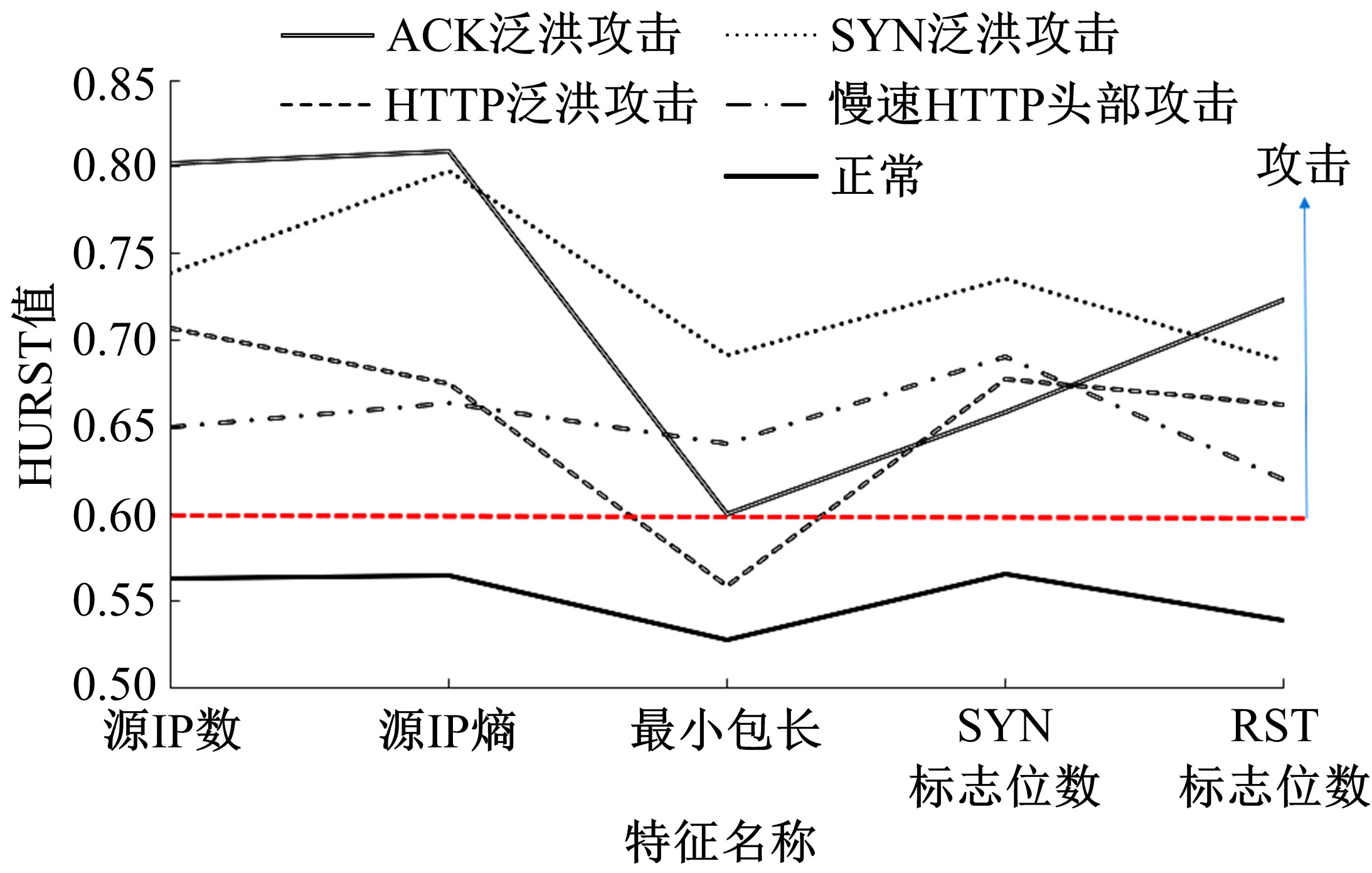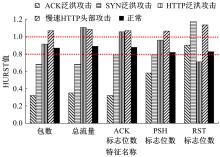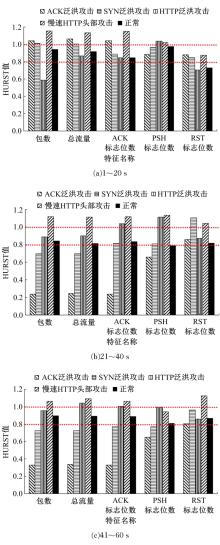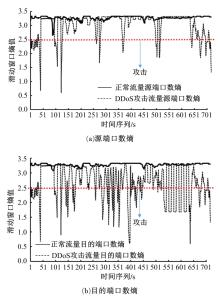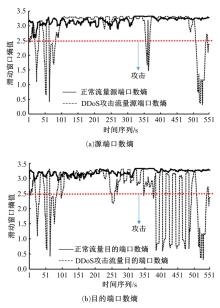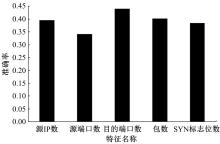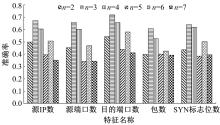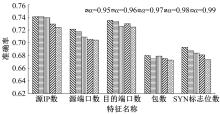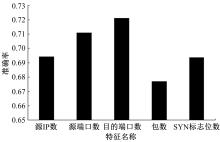Journal of Jilin University(Engineering and Technology Edition) ›› 2020, Vol. 50 ›› Issue (5): 1894-1904.doi: 10.13229/j.cnki.jdxbgxb20190448
Statistical based distributed denial of service attack detection research in internet of things
Hong-song CHEN( ),Jing-jiu CHEN
),Jing-jiu CHEN
- School of Computer and Communication Engineering, University of Science and Technology Beijing, Beijing 100083, China
CLC Number:
- TP309
| 1 | Kolias C, Kambourakis G, Stavrou A, et al. DDoS in the IoT: mirai and other botnets[J]. Computer, 2017, 50(7): 80-84. |
| 2 | Hilton S. Dyn analysis summary of friday october 21 attack Dyn[EB/OL]. [2016-10-01]. |
| 3 | Sahi A, Lai D, Li Y, et al. An efficient DDoS TCP flood attack detection and prevention system in a cloud environment[J]. IEEE Access, 2017(5): 6036-6048. |
| 4 | Gurulakshmi K, Nesarani A. Analysis of IoT bots against DDOS attack using machine learning algorithm[C]∥2018 2nd International Conference on Trends in Electronics and Informatics(ICOEI), Tirunelveli, 2018: 1052-1057. |
| 5 | Doshi R, Apthorpe N, Feamster N. Machine learning DDoS detection for consumer internet of things devices[C]∥2018 IEEE Security and Privacy Workshops(SPW), San Francisco, CA, 2018: 29-35. |
| 6 | Özçelik M, Chalabianloo N, Gür G. Software-Defined edge defense against IoT-based DDoS[C]∥2017 IEEE International Conference on Computer and Information Technology(CIT), Helsinki, 2017: 308-313. |
| 7 | Mishra A, Dixit A. Resolving threats in IoT: ID spoofing to DDoS[C]∥2018 9th International Conference on Computing, Communication and Networking Technologies(ICCCNT), Bangalore, 2018: 1-7. |
| 8 | Ben S N, Biondi F, Bontchev V, et al. Detection of mirai by syntactic and behavioral analysis[C]∥2018 IEEE 29th International Symposium on Software Reliability Engineering(ISSRE), Memphis, TN, USA, 2018: 224-235. |
| 9 | Agrawal N, Tapaswi S. Low rate cloud DDoS attack defense method based on power spectral density analysis[J]. Information Processing Letters, 2018, 138: 44-50. |
| 10 | Hirakawa T, Ogura K, Bista B B, et al. A defense method against distributed slow HTTP DoS attack[C]∥2016 19th International Conference on Network-Based Information Systems(NBiS), Ostrava, 2016: 152-158. |
| 11 | Muraleedharan N, Janet B. Behaviour analysis of HTTP based slow denial of service attack[C]∥2017 International Conference on Wireless Communications, Signal Processing and Networking(WiSPNET), Chennai, 2017: 1851-1856. |
| 12 | Ahmed M E, Ullah S, Kim H. Statistical application fingerprinting for DDoS attack mitigation[J]. IEEE Transactions on Information Forensics and Security, 2019, 14(6): 1471-1484. |
| 13 | Kolias C, Kambourakis G, Stavrou A, et al. Intrusion detection in 802.11 networks: empirical evaluation of threats and a public dataset[J]. IEEE Communications Surveys & Tutorials, 2016, 18(1): 184-208. |
| 14 | Charles E. KDD Cup 1999: computer network intrusion detection[EB/OL]. [1999-09-01]. |
| 15 | 李金明, 王汝传. 基于Hurst参数的DoS/DDoS攻击实时检测技术研究[J]. 计算机工程与应用, 2007, 43(6): 20-23. |
| Li Jin-ming, Wang Ru-chuan. DoS/DDoS attack detection based on Hurst parameter[J]. Computer Engineering and Applications, 2007, 43(6): 20-23. | |
| 16 | 徐江平. 基于统计分析的分布式流量异常检测应用研究[D]. 成都: 电子科技大学通信与信息工程学院, 2015. |
| Xu Jiang-ping. Research on distributed traffic anomaly detection based on statistical analysis[D]. Chengdu: School of Communication and Information Engineering, University of Electronic Science and Technology of China, 2015. |
| [1] | WANG Tian-hao, WANG Zhong-fu, WANG Yu-meng, YANG Kai-yu, GAO Yin-han, MA Xi-lai. Statistic analysis of cable bundle crosstalk based on polynomial chaos expansion [J]. 吉林大学学报(工学版), 2017, 47(5): 1568-1576. |
| [2] | Li Hong-ping,Pei Yu-long,Yang Zhong-liang . Factors influencing free flow speed on expressway [J]. 吉林大学学报(工学版), 2007, 37(04): 772-776. |
|
||

